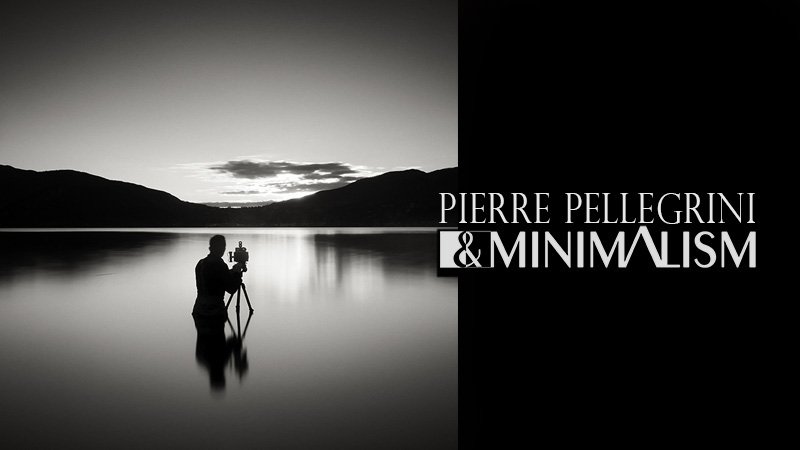
Hello Pierre, hope you are well, please briefly tell us about yourself.
After studying architecture, I graduated in building design and practiced for a few years, up until I finally managed to make my dream come true: I became PE teacher, and at present I work in two primary schools.
What or who got you started or inspired you in your photography ?
Photography is a long-time passion, but I have to thank my father, prematurely passed away, who encouraged me with a special present, a Super Swinger Polaroid. There are many other aspects that inspired me, probably more tied to instincts, and I refer to nature, and to my love to play outdoor as a child. I was a curious boy, I loved landscapes and, just like “the Little Prince”, I used to enjoy and admire sunsets, up to the slightest chink of light; I used to wake up early in the morning to savor the atmosphere of a new day. Besides, great inspiration comes from the works of great masters of photography such as Michael Kenna, an eminent artist of black and white landscape analog photography. But I can’t go without mentioning Gabriella Corti-Arsuffi, one of my first teachers who instilled into me her great enthusiasm and knowledge, together with Philippe Mougin, a talented photographer, as well as a generous and humble person. In other words, all the people I had the lucky chance to encounter, either in person or in the web, left significant and indelible traces guiding me along this photographical path.
I would like to know how you describe minimal photography and what minimal photography means to you?
It is the quest for order, for what is essential, for the aesthetic taste, where everything just falls into the right place. Everything has a perfect balance and harmony. It is a sort of search for perfection, where no element prevails over the other. Observing a minimalist image is actually a veritable magic moment, of extreme beauty, infusing great peace and quietness.
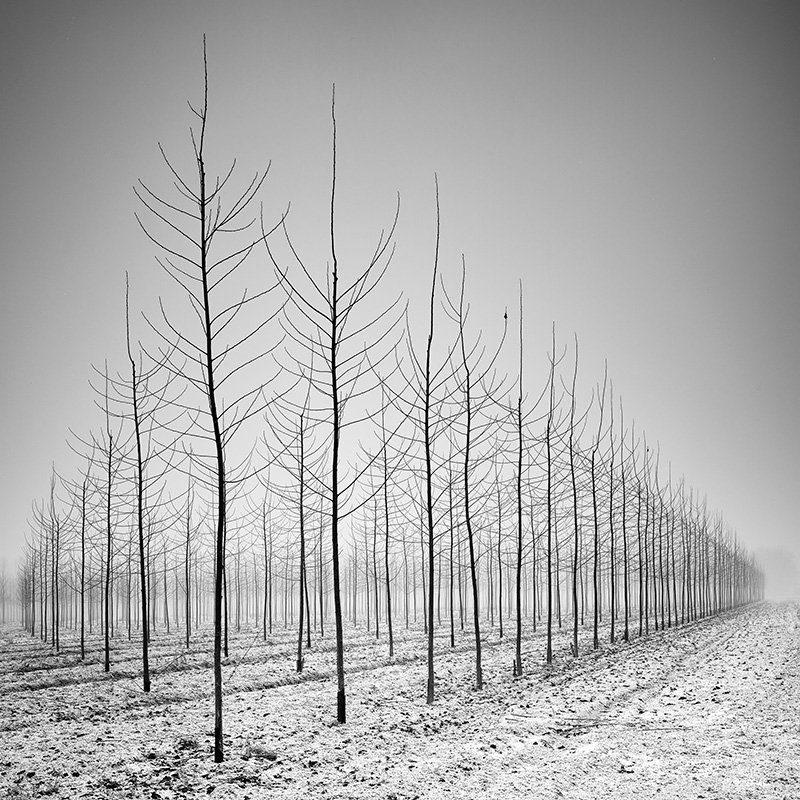
The locations in your work are dreamlike and ethereal. How do you choose your locations? What features do you look for when choosing locations?
This is a question I’m often asked, and I always try to find a different answer. As a matter of fact, I’m not sure I’m the one who chooses the subjects of my photos, actually I think it’s more the other way round. Or maybe it’s just the ideal match between what I feel deep inside and hope to find, and what I happen to find. When this encounter finally happens, I strongly sense that the outcome will perfectly convey my feelings and emotions. In any case, the subject must present no particular features, whereas the entire scene must have a perfect balance. I need and hope to find a sort of order and harmony even in an uncontaminated nature. Nature can reward us with breathtaking landscapes and aesthetically perfect views.
What gear do you carry with you on your photo shoots, especially when shooting snowy landscapes?
At the beginning I used a common camera. In a second time, I chose to stick to some key principles related to the kind of photos I wanted to realize. Therefore I opted for a Hasselblad, whose choice depends on different factors. First of all, I wanted to achieve the ultimate square format, maybe to satisfy my need for harmony and aesthetic sense, the symmetry around the horizontal and vertical axes, the balance between base and height. Most of all, I meant to convey a detachment from reality. In fact, the 2:3 aspect ratio is pretty close to human eyesight. What’s more, instead of cropping rectangular photos into square format (I think it’s an inappropriate and too invasive technique), I’d rather invest in a camera which allows me to immediately focus and frame the final shot. Last but not least, Hasselblads grant both digital and analog photography, increasing my possibilities of experimentation. I take most of my photos with a Hasselblad with Phase One P20+ digital back, the only square format back for long exposure shots.
What Is your favorite website or blog you visit often?
There are quite a few actually, but I started with Art Limited, where I had the chance to find many different photographers, authors of amazing images. I learn something new every day just observing the works of other photographers. There are other interesting platforms, such as Fotoblur, Pentaprism, Polanoid, polaroidartitaly, polaroiders, polaroid-passion, oneeyeland, etc… Since last December, I approached Instagram, that gave me the opportunity to find you, B&W Minimalism. A part from the web, I believe in the importance of magazines, publications, shows etc… adding value to our personal growth and development.
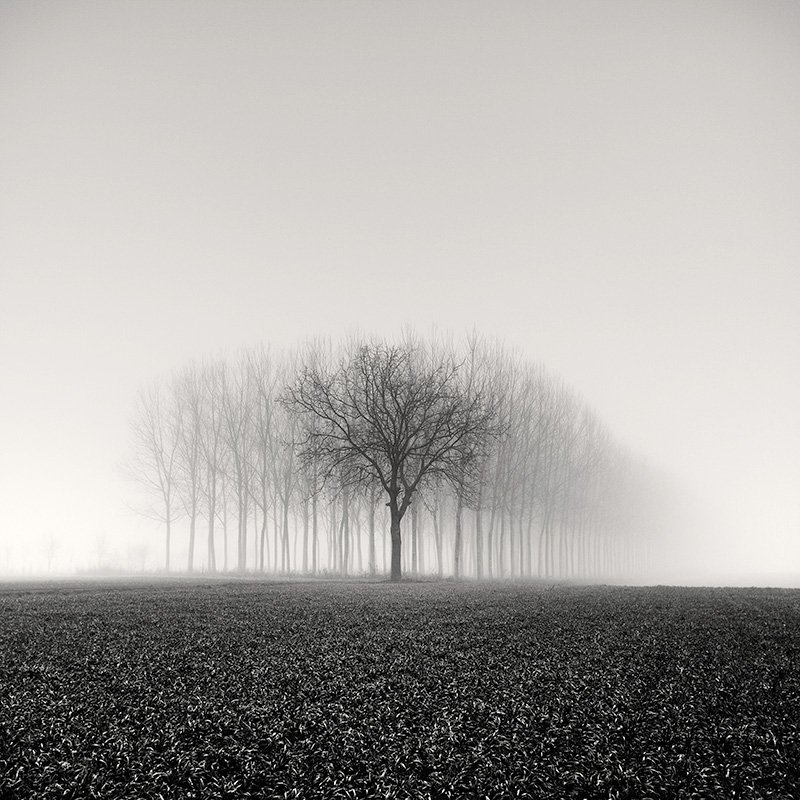
Tell us about your photography techniques and the post processing of your photos. Do you also use manipulation methods?
There are a number of reasons for my choice of black and white. To begin with, black and white allows me to detach from the reality of colors, and it enables a wider interpretation, offering a space which can be filled with imagination. Therefore black and white is closer to my personal idea of photography. I can play with grey shades to emphasize winter landscapes, misty and foggy scenes, making them more delicate and fascinating. A sort of dive into the past, but also a technique to mitigate some negative aspects that could affect the harmony and balance of the shapes inside the image. I use the following programs: Capture One Pro, Photoshop and Nik Silver Efex pro. I don’t consider myself a great expert in manipulation methods. Despite having attended several photography lessons, my post-production techniques to obtain black and white images are pretty similar to the ones used in an analog photography darkroom. The digital era made everything easier, however what’s really important is for images to maintain their emotional truthfulness.
Do you have any specific opinions about photography competitions?
This is a difficult and delicate subject. It’s like playing the lottery. If you decide to take part in a contest, you put yourself on the line. At international competitions, with thousands and thousands of photos from all over the world, seeing that your image stands out from the others is a great source of motivation to me. A great honor. However, most times the delivery dates are the same. I often happen to choose the same image for different contests, and I’m always surprised to notice how the very same photo is taken into different types of consideration. This shows how judging is subjective, and this is the reason why you don’t have to let it get you down. The greatest satisfaction grows within yourself.
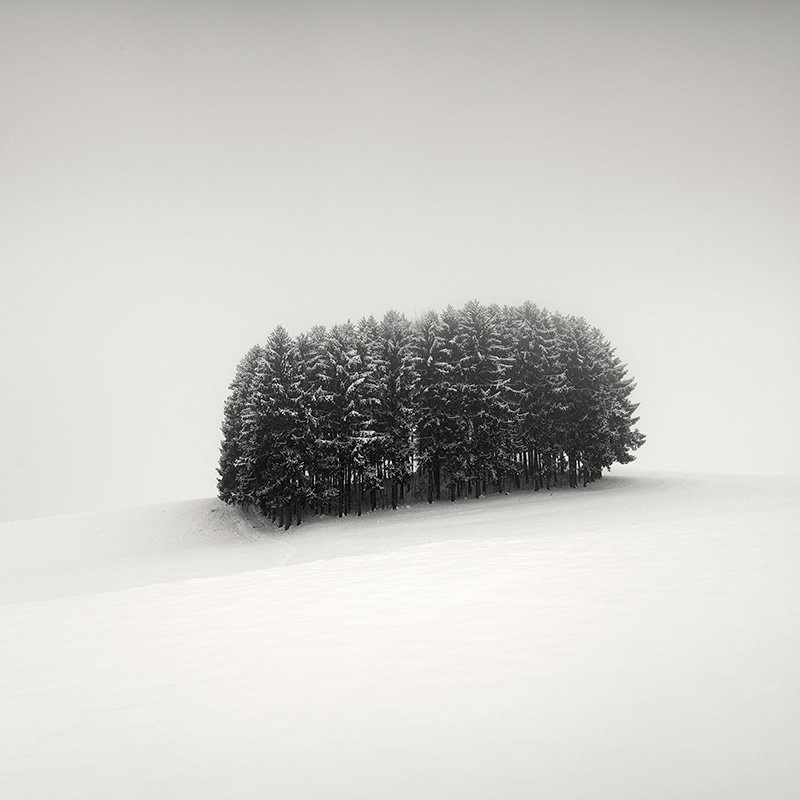
What is your favorite photograph or series of photographs and why?
There are no favorite photos, since I always feel like I still have to shoot my best one. And this is a never ending research. After all, even perfection does not exist, although the search for perfection does. That said, there are some images that I would define “immortal”. Every time I set my eyes on them, they are full of meaning, even after many years. In the same way, some others become trivial, they do not convey the same emotions and feelings, as if they lost their edge, their intensity and strength.
If you have an upcoming workshop or exhibition, We would appreciate you letting us and our readers know about it.
I feel uncomfortable every time I hear the word “workshop”. I’m not sure I’m equal to the task, I’m not a great expert. My photos are driven by instinct and I try to do my best. I still have to learn. This is the reason why I never even thought about organizing a workshop myself. On the other hand, the gallerist Michele Bella, from Milan, offered me the precious opportunity to take part to different exhibitions. The 2017 season schedule will see me in Bologna at ArteFiera, from January 27 to 30, in Milan during Mia Photo Fair show from March 10 to 13, and in London at Photo London, May 19-22. You can check Galleria Valeria Bella website for further info and details www.valeriabella.com
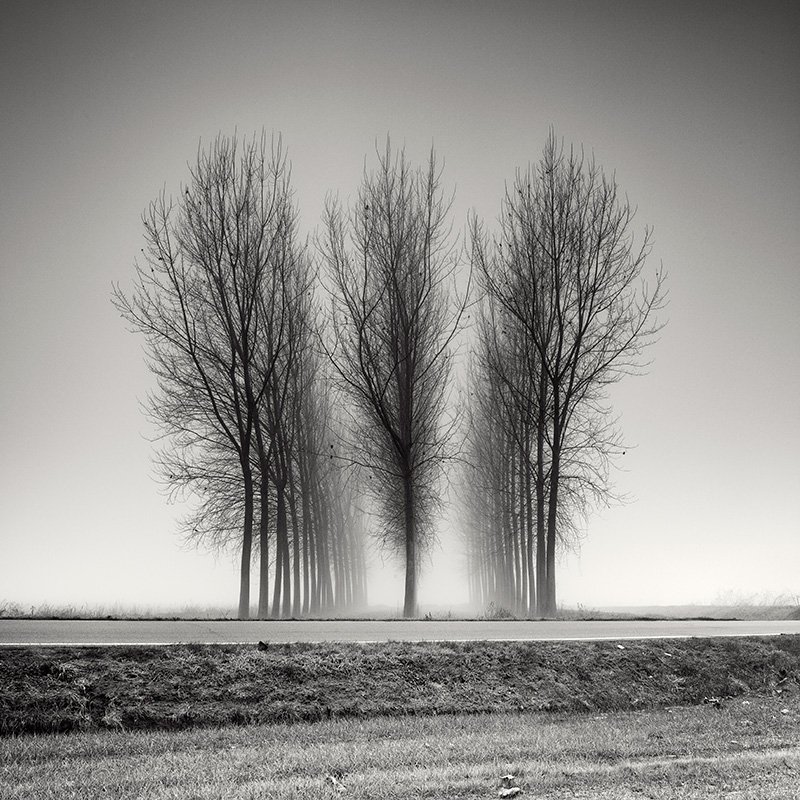
What are your plans for the future?
Keep taking pictures, these are my unique plans for the future. Nature and weather conditions are the greatest allies of my photos. I often travel long distances and happen to come back home with not even a shot, either because I cannot not find the right subject or due to bad weather conditions. Therefore, for the future I hope to be in the right place at the right time.
Thank you for your time. If you like to further explain any point for our readers, please go ahead.
I feel I need to express my thanks. Thanks to B&W Minimalism Team for this great opportunity. I’m honored and flattered to be featured in your Magazine. Thanks to Simona Verga for her valuable help and the sensitivity shown in translating my answers. A heartfelt thanks, Simona. And a warm thanks to all the photographers and to all the people that I had the chance to meet in my personal journey, you all made me grow up and allow me to develop this incredible passion.
B&W Minimalism Magazine Issue 03








